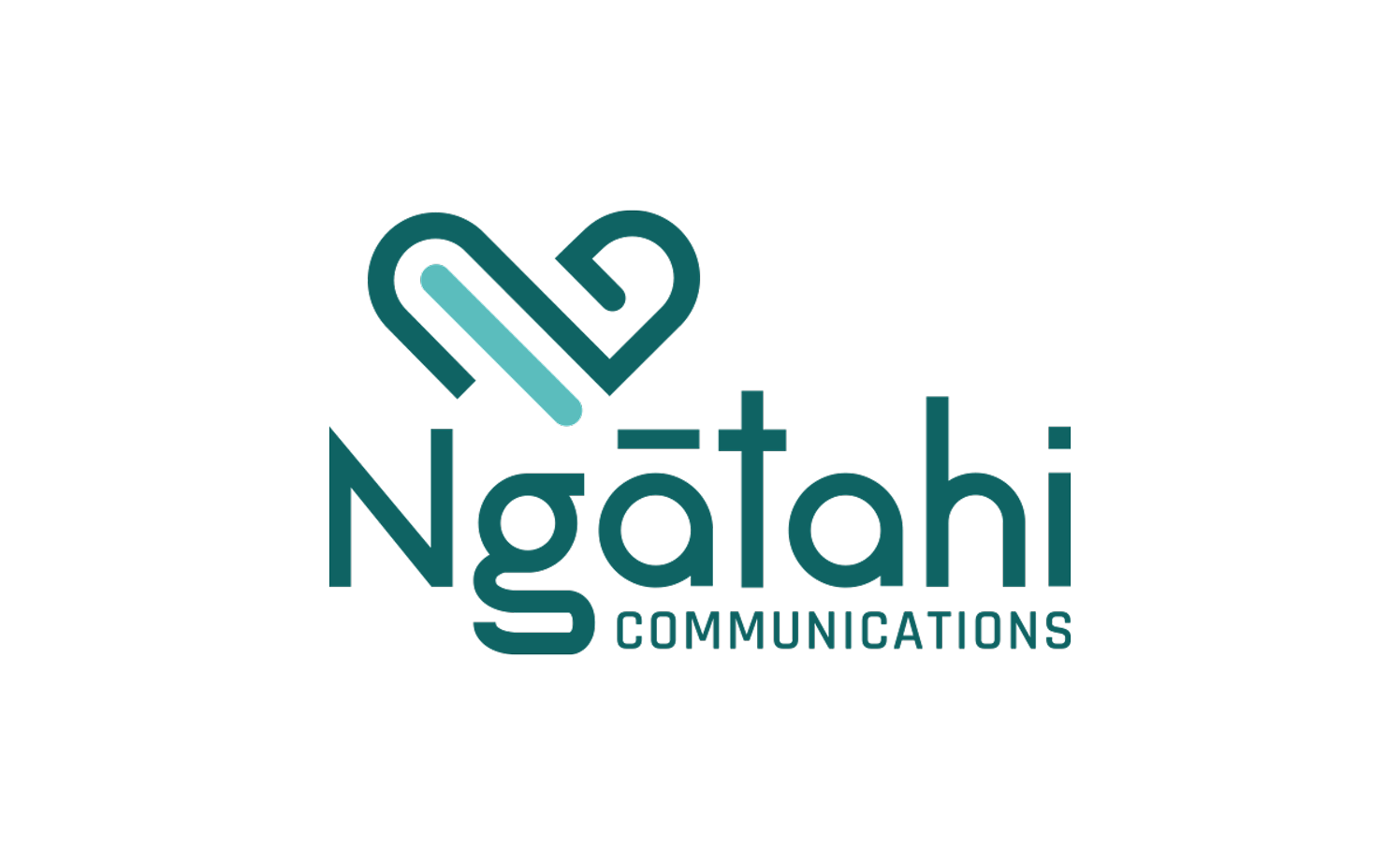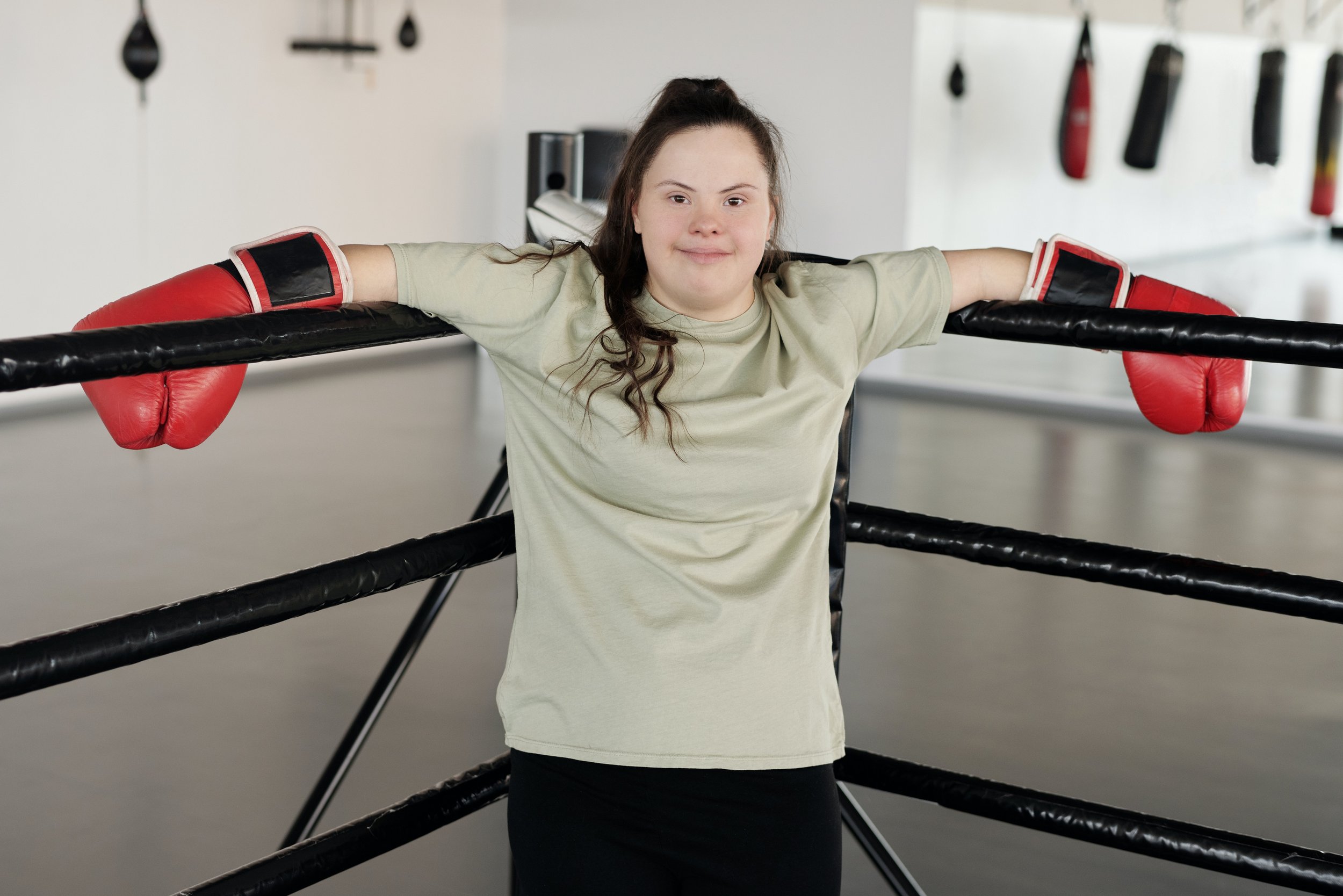Inclusive communication starts with addressing bias
/Brands and organisations hold great power. The way we communicate shapes reality and can either contribute to or challenge inequities and injustices through representation. Every decision we make, from the voices we highlight in our storytelling to the steps we take when developing advertising campaigns, has an impact on real people and issues.
We can play a role in reinforcing inequities and injustices (even unconsciously), or we can choose to question and challenge them through our mahi. By actively highlighting inequities and working with tāngata whenua and marginalised groups, organisations can bring positive change — and I believe every organisation can be a changemaker!
How? It starts with being aware of and addressing our implicit biases as individuals, teams and organisations. Imagine if every organisation worked from the inside out and shifted the bias within their teams, policies, procedures and operating norms. What could our communities look like then?
Consider how implicit bias might influence how you describe this woman. What words come to you first to describe her? How might she describe herself?
Don’t think you’re biased? Think again! An exercise I find eye-opening is asking teams to complete the Harvard Project Implicit bias test. Working with the disability community on so many kaupapa, I thought I couldn’t possibly hold bias in this space, but I still associated positive words with images of able-bodied people faster and more often when completing this test. Bias is engrained in us and in our organisations. It is hard to shift, but if we start with ourselves and the people around us, we can move our teams and organisations forward.
Ways we can start to counter our bias when communicating include:
Focusing on building reciprocal, long-term relationships with tāngata whenua and diverse groups in our communities
Consciously partnering with diverse stakeholders to create better communication practices that work for more people
Diversifying the sources we look to for ideas, information and stories
Engaging with and highlighting the views of marginalised people
Encouraging diverse leadership of communication and engagement campaigns
Empowering tāngata whenua and diverse communities to bring their solutions and narratives to life. Follow the leadership of those who know their communities best.
How might implicit bias be influencing the way you view these bodies? Is there a body you prefer? Why? What makes you consider these bodies differently?
The actions we take every day in our organisations have the power to create positive impact. If we can look inward and examine the blind spots and biases that are holding us back from connecting with our communities, we can start to become more inclusive and effective communicators. And if we can do this, we are well on the way to becoming inclusive and effective organisations.
He rangi tā matawhāiti, he rangi tā matawhānui. A person with narrow vision has a restricted horizon. A person with wide vision has plentiful opportunities.
Want to learn more about inclusive communication and engagement practices? Say kia ora at: hannah@ngatahi.co.nz



